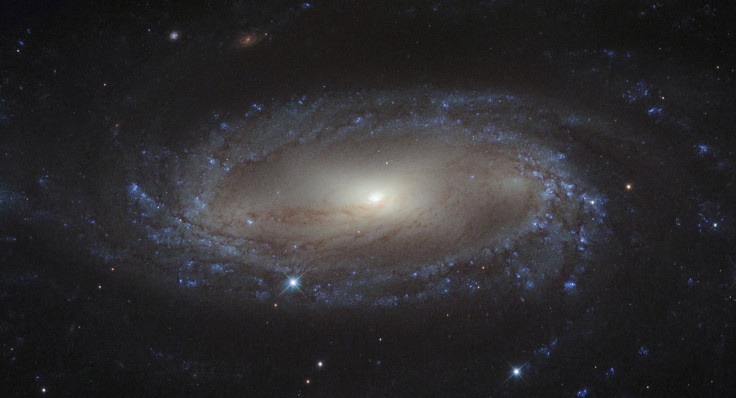Galactic Census: Over 300,000 Galaxies Cataloged By Thousands Of Volunteer Scientists

With the help of several thousand scientists who had a little free time, an international group of researchers created a catalog of data on more than 300,000 galaxies.
Titled Galaxy Zoo 2, the project is the second phase in a massive crowdsourcing project designed to compile information on all of the galaxies in our universe. Led by the University of Minnesota, the cataloging efforts have created a data library that is 10 times larger than any previous catalog of galaxies, reports Scientific Computing.
"This catalog is the first time we've been able to gather this much information about a population of galaxies," said Kyle Willett, a physics and astronomy postdoctoral researcher at the University of Minnesota's College of Science and Engineering. "People all over the world are beginning to examine the data to gain a more detailed understanding of galaxy types." Willett is also the lead writer for the paper on the project, which was published in "Monthly Notices of the Royal Astronomical Society."
The information was gathered from February 2009 through April 2010, with 83,000 volunteer scientists collaborating across the world to analyze images from the Sloan Digital Sky Survey. Since humans are better at identifying certain galaxy characteristics such as shape and structure than computers, volunteers analyze the data rather than computers. As part of the project, they answered such questions about the galaxy as how many spirals were noticed and how many of these spiral arms were visible. These images were then viewed an average of 40 to 45 more times to make sure the characteristics described were valid.
In total, more than 16 million classifications of 304,122 galaxies were compiled, equaling to close to 57 million computer clicks. This same research would have taken around 30 years for a single scientist to complete, reports the Christian Science Monitor.
Galaxy Zoo was launched in July 2007, and the project classified 50 million galaxies with the help of more than 150,000 people in its first year, according to a statement on the project's site.
Galaxy Zoo 2 is much like a census of galaxies, says Lucy Fortson, one of the paper's co-authors. She says the overwhelming amount of data received from high-powered telescopes leaves astronomers unable to "keep up with detailed classifications."
The current information shows the galaxies as they are now. But the next census of galaxies will tell scientists about the galaxies of the past, combining images from the local universe with images from deep space that were acquired from Hubble's CANDELS survey.
© Copyright IBTimes 2024. All rights reserved.




















